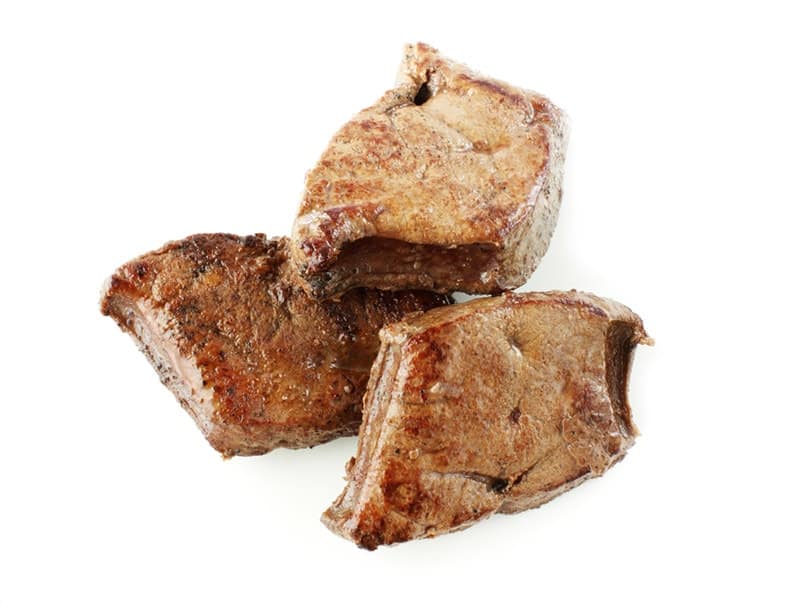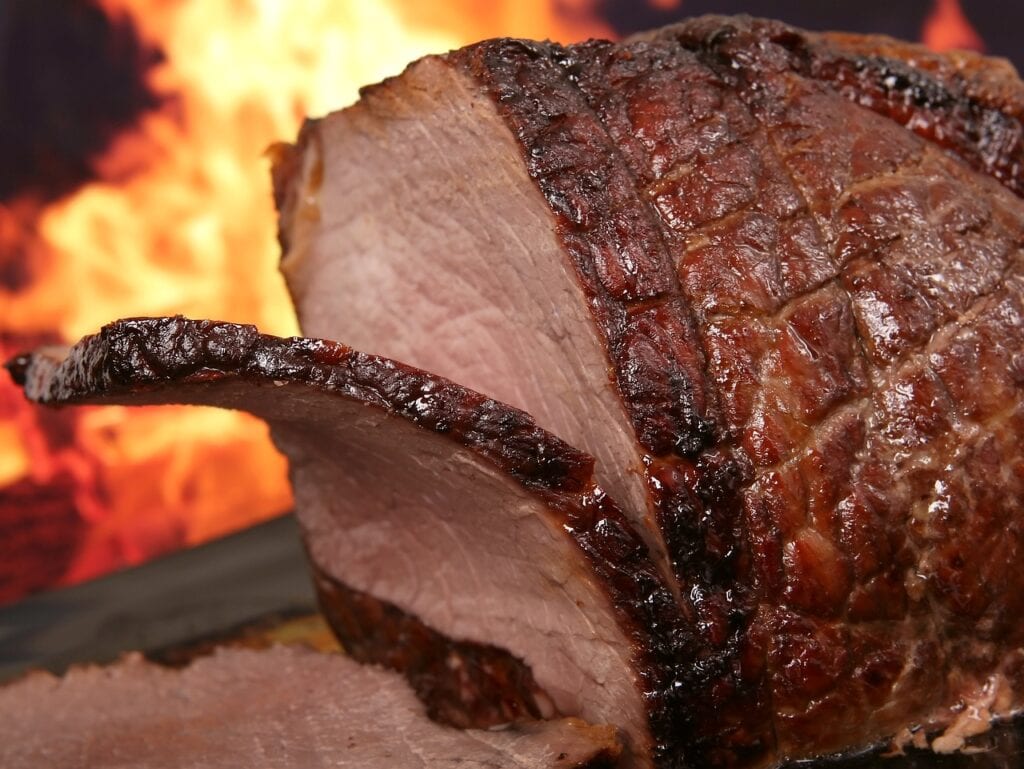Vitamin B12, or cobalamin, is an essential nutrient for cats, having a vital role in multiple key body functions and processes. Cats cannot produce B12 and must get it from their food instead. Keep reading to learn about great food sources of vitamin B12 for cats. We also let you know the signs that your cat isn’t getting enough of this vitamin and what to do about it.
The 7 Food Sources of Vitamin B12 for Cats
1. Organ Meats

The liver and kidneys are two organ types of meat that are great food sources of vitamin B12 for cats. Organ meats are considered more nutritious than muscle meat overall, and wild cat species routinely eat these parts of their prey. Beef, lamb, and veal liver and kidneys are the highest in B12. Try to buy organic or cleanly raised organ meat because toxins can build up in the liver and kidneys due to their function in the body. Also, only serve cooked liver and kidneys.
2. Clams

Cooked or canned clams are another great food source of vitamin B12 for cats. They’re also high in protein, iron, and antioxidants. While you should never offer raw clams to your cat, avoid feeding them shellfish fried or seasoned with salt, spices, or onions and garlic. If your cat won’t eat clams, clam broth or juice is also high in B12. It’s also an excellent way to increase your cat’s liquid intake if they aren’t drinking enough water.
3. Sardines

In addition to being a great food source of Vitamin B12 for cats, sardines are high in fatty acids and are just an overall nutritious fish. It’s easy to feed sardines to your cat because they’re available canned. Sardines packed in oil can be high in fat and should be fed with caution or avoided entirely.
Look for sardines packed in water instead. If you want to offer fresh sardines, make sure you cook them thoroughly first. Raw fish should never be fed to cats because it may contain dangerous bacteria. It also has a compound that destroys another B vitamin, thiamine. Thiamine deficiency can cause dangerous neurologic problems.
4. Beef

Cats are true carnivores, meaning they can only process nutrients from animal food sources. Cooked, lean meats are among the best human food snacks you can give them. If you’re looking for a great meat food source of vitamin B12, beef is an excellent option. Lean cuts of beef are highest in B12, anyway, and the healthiest choice for your cat. Beef also contains several other B vitamins and other vital nutrients like zinc. To maintain the levels of B12 through the cooking process, try grilling or roasting the beef without using oils or spices.
5. Salmon

As a common fish protein source in commercial cat food, salmon is a great source of vitamin B12 for your kitty. It is generally considered low in mercury, which is safer for your cat to eat. This fish is also a good source of protein and omega-3 fatty acids. Offer salmon to your cat in moderation because they may love it so much that they try to avoid eating their actual diet.
6. Eggs

Cooked eggs are another excellent source of vitamin B12 for cats. Eggs are high in protein and contain vitamin D and vitamin B2. The yolk contains more B12 than the egg white, so offer your cat the entire egg for full nutritional benefits. Raw eggs may contain dangerous bacteria and should not be offered. Even if your cat doesn’t get sick from bacteria like Salmonella, they can be carriers and pass it to vulnerable humans, such as kids or the elderly.
7. A Balanced Cat Food

The simplest food source of vitamin B12 for your cat is a balanced, commercially prepared cat food. In the United States, all cat food must meet basic minimum nutrition standards, including adequate levels of B12. That includes premium and grocery-store brands.
Homemade cat diets are not automatically balanced, even if they include some foods high in B12 that we already listed. If you want to cook for your cat, ask your veterinarian to help you formulate meal recipes that contain all the nutrients your cat needs, including B12.
Signs Your Cat Isn’t Getting Enough Vitamin B12
While cat diets contain enough vitamin B12 for a healthy cat, there are times when eating this nutrient just isn’t enough.
Common signs that your cat is low in vitamin B12 can include:
- Weight loss
- Lethargy
- Vomiting
- Diarrhea
Interestingly, the most common cause of vitamin B12 deficiency is an intestinal disease that impacts the cat’s ability to absorb nutrients from their food.
If you notice these signs, have your cat seen by a veterinarian. There is a blood test that can check your cat’s B12 levels. If your cat does have low levels, your vet may suggest supplementing your cat’s normal B12 intake from their diet.
Conclusion
Before feeding your cat any new food, even one on this list that provides vital nutrients like B12, check with your veterinarian. Safe, non-toxic foods could still upset your cat’s stomach, so start by offering a small amount and monitoring your cat’s reaction. Ensure that most of your cat’s daily calories come from a balanced diet to receive all the nutrition they need, not just vitamin B12.
Featured Image Credit: Okssi, Shutterstock












